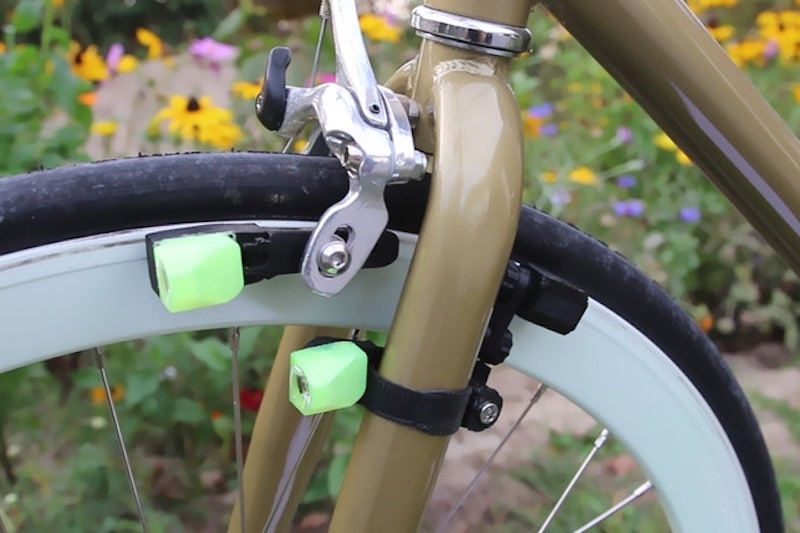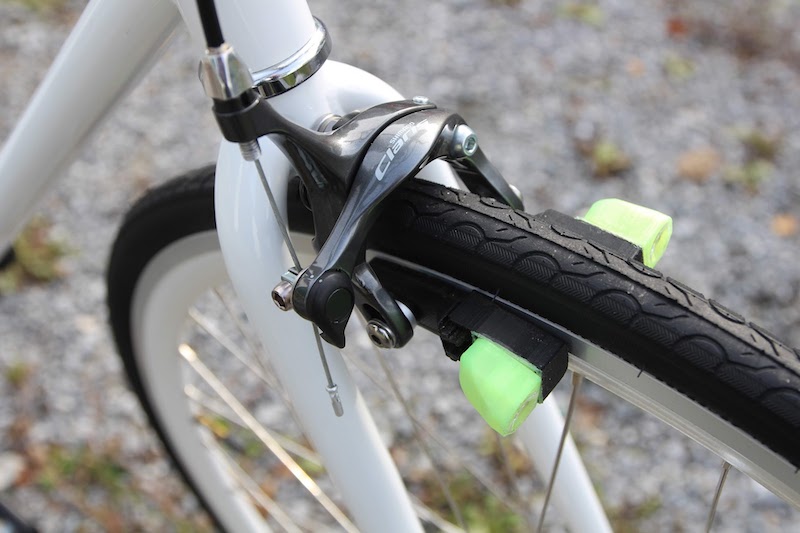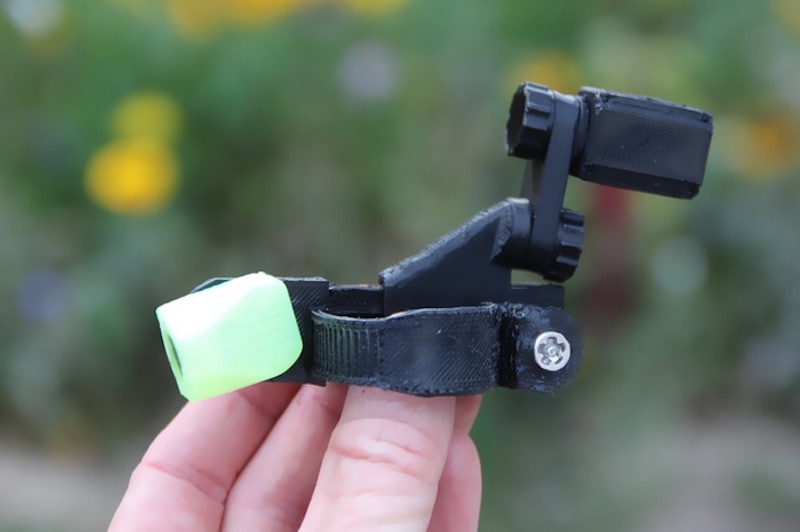Many cyclists have a love-hate relationship with bike lights. On the one hand, they increase safety in low-light conditions and allow riders to see the trail or road after dark. On the other hand, battery operated lights need to be recharged regularly, while those powered by a dynamo mounted to the bike create friction and drag that slows the rider down. But a new option that recently launched on Kickstarter promises to change that by using magnets mounted to the bike itself to create the power necessary to run the light.
The principle behind the Magnic Microlights is a surprisingly simple and effective one. The lights employ eddy current induction to generate power, which, in a nutshell, involves changing the properties of a magnetic field to create electricity in a conductor. In this case, energy is drawn from the moving bicycle tire, which generates its own magnetic field as it rotates. That field interacts with the magnets inside the Microlights, creating a steady supply of power, all without the need for batteries or cables. Better still, there is no need to touch the tire either, which eliminates the friction created by most bike dynamos.
To be clear, this isn’t the first time we’ve seen bike lights powered by magnets. What makes the new Magnic Microlights special, however, is that they are reportedly the smallest non-contact bike dynamos ever created. Those dynamos come integrated with the lights and mount on a bike’s brake shoes instantly creating power without the need to install any extra equipment.
According to the Microlights Kickstarter page, the system has been tested on a variety of mountain and road bikes and works on traditional brake pads as well as all disc brakes, with the exception of Vbrake/Canti systems. There are separate models for the front and back, with the rear versions serving as brake lights, too. The beam generated from those lights can be adjusted to increase visibility as well.
The team behind the Magnic Microlights is hoping to raise $80,000 to get the product into production. As of this writing, it is a little more than halfway to that goal with more than a month to go in the crowdfunding campaign. If it is successful, the new bike lights are expected to start shipping in May with prices varying based on the model. Early bird supporters can reserve one now at a discount of course, but as always it pays to understand the risks involved with any crowdfunding campaign. That said, this team has delivered on similar campaigns in the past and this just could be the battery-free, cable-free bike light you’ve been searching for.
Editors' Recommendations
- Meet the exercise bike that wants you to play video games while working out
- The best bike racks for your car
- The best mountain bikes
- Spinciti’s Amsterdam e-bike offers speed and range at an affordable price
- Alexa can now set sleep timers to simulate a sunrise using your smart lights








